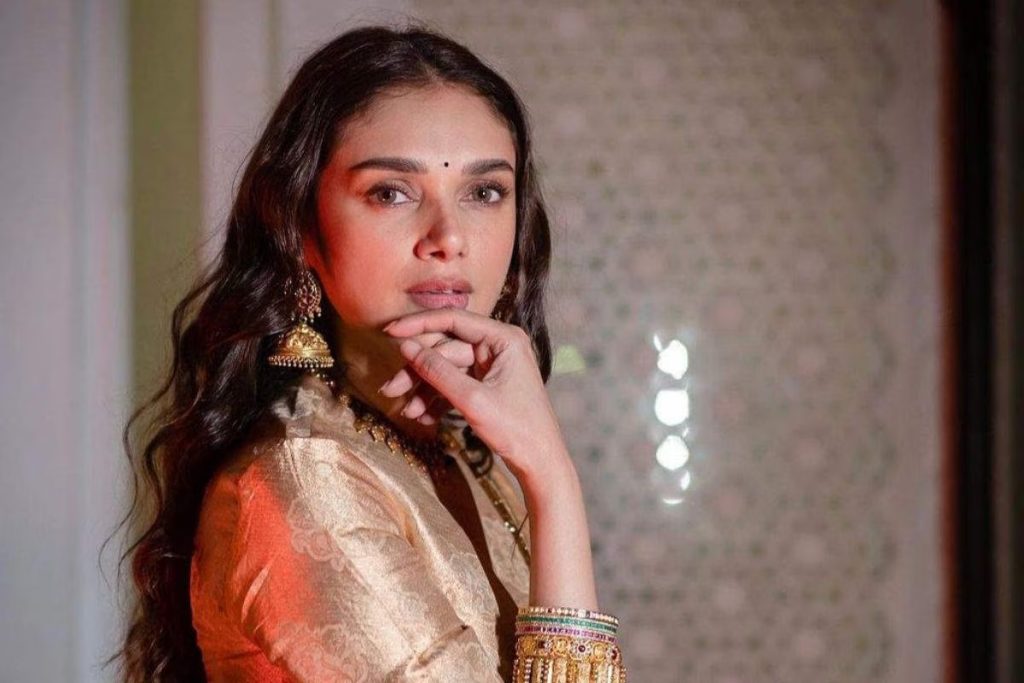Mythology
The River who became a Star

Originally a river goddess associated with the Nile, she was later attributed as the personification of Sirius, the Dog Star. This star, after a long period of invisibility, reappears again in the sky just when the Nile inundation is about to begin. Thus her star’s appearance heralds the beginning of the fertile season, when the river rises and enriches the land.
It is the brightest star in the sky.
Sothis lived in Sirius, guiding the heavens and thereby human destiny. She was said to offer prophetic messages through shooting stars. If you see a shooting star, it is promised that Sothis has received your wish.
She was depicted as a woman with a five-pointed star upon her head, usually with a horned hedjet. Because Sirius is referred to as the “Dog Star,” Sothis is also sometimes represented as a large dog, or as a woman riding one sidesaddle.
Consort

Her consort was the hidden god Sah, also described as the incorruptible soul. He was a personification of the stars in the constellation Orion. To the ancient Egyptians, Orion was the most distinctive of all the constellations in the night sky, and it rose directly before the adjacent star Sirius, thus explaining the close connection between these two ancient gods.
Sah was imagined as being swallowed at dawn by the Underworld, but had the power to emerge again into the night sky. He is also said to row towards the stars in a boat, and was sometimes depicted in this manner in scenes found in temples and tombs, where he is surrounded by stars as he sails across the sky in a papyrus skiff.
He was frequently mentioned as “the Father of Gods” and his name “Sah” is likely a moniker for someone else.
In Egyptian mythology, Sah was also the name given to the aspect of the Akh (immortal spirit) which would appear as a ghost or in dreams, suggesting these deities were both denizens of the dreamworld.
5th Age Life
Wild Daughter of the River
Sothis was born and grew up close to the riverbank, far from the royal courts of gods. She was an odd child, obsessed with the waters around her home as though she fancied the river was alive, and always telling strange tales of things she had seen and heard on her travels, like the world was full of secrets only she could see. Often she drew these stories, and narrated them in fantastical and enthusiastic childhood fashion to anyone who would listen. One face repeated over and over in her scribblings, that of a woman Sothis had never met, but would tell anyone who inquired was perfectly real.






Unknown to her, Sothis had already been discovered in the dream. The careful nurture and care made huge differences to her early experiences, easing the soul-bound schism between her waking and sleeping lives. She did not remember dreaming, as she never does in any rebirth, but the positive influences she received relieved the burden she is sometimes forced to carry alone. Sothis never had cause to fear the strangeness of her gift, as she has in other Ages; in fact she usually woke up excited for each new discovery to spill forth from her fingertips.
When she later sparked as a channeler, Sothis was considered as good luck amongst her community, as channelers generally were. By now the village had begun to realise how some of the things Sothis drew and spoke about came to pass, as well as the way she sometimes appeared to know things about people she should not. But owing to careful guidance, the omens shared were always good ones. Sothis was thus revered rather than reviled for her gift.
Soon, she began to draw a place of mountains and sky, a swift waterfall, and a beautiful temple. The call set something of longing and purpose in her heart. She readied herself for the journey.
Among the Tārās
The travel was vast, and swept Sothis’s indomitably adventurous spirit far from her home. For many months she was guided by her morning sketches, trusting entirely to something she did not understand. What she eventually discovered was the venerated halls of the Tārās, a group of channeling women bound by an ethos to serve the world for the betterment. They were mediators, diplomats, guides, healers, and practitioners of the arts. The temple was sequestered in lush and verdant mountains, its halls carved of intricate pale stone and featuring the repeated motif of the saṃsāra. Here Sothis met the woman she’d been drawing for almost her entire life; a Green Tārā skilled in the art of dreamwalking. Familiarity sparked, if not memory. They embraced like longtime friends.





Much was explained to her; about what she was, and the world her soul fled to when she slept. Sothis absorbed it all with surprising calm, wide-eyed with wonder, but not with fear. She asked why she did not remember, as they did. But for this, the Tārās did not have an answer.
She was a wilful and mischievous novitiate; eager to learn, and very bright, but easily distracted. Emotion ran through her like a river, and she plunged into things with all the reckless abandon of a waterfall racing over the edge. She had compassion in abundance, but temperance and judgement were things her mentors sought tirelessly to impress upon her. Eventually she learned the necessary serenity, poise, and demurity, yet she never truly lost that innocent wildness.
Such were her gifts were carefully nurtured, until she finally attained the title of Tārā for herself. In many ways Sothis grew to be an exemplar of her people. When her help was called upon, she gave her time and efforts willingly no matter who made the plea, not from a sense of duty, but because she was easily swept up in a cause. She cared deeply about the people around her, even when it was not returned. Yet her willingness to trust sometimes led her to questionably moral decisions, and her tenure was not without controversy. Her reputation in the 5th Age was a thing of mystery and whispers, mostly due to her prevalence in the dream. It gave birth to her association with stars and wishes. People knew to seek Sothis’s help at night.
She never sought or accepted power for herself. It is no great surprise that her name disappeared quite thoroughly from the myths that survived this Age, her deeds forgotten or attributed to others.
Unusually, and owing to her split lives, during her lifetime Sothis was associated with two different sects of Tārā women.
Awake, she was considered closely aligned with the White Tārās. Sothis was a gifted mind-healer, and while she could not remember dreaming or her life in that other world, she grew adept at ways to foster cohesion. When faces repeated in her drawings, she made efforts to seek them out in the real world. She travelled the world in this manner, and likely came into contact with the rulers and gods of many other pantheons. Her ability to soothe, even just by listening, came to some great renown. She never distinguished between king or pauper, or between hero and demon.
While dreaming, she was considered one of the Green Tārās, who were the purveyors of the dreamworld.




Yakṣaṇī
The Yakṣaṇī were female nature spirits that guarded the deepest treasure of the earth.
(forthcoming)




The Synchronicity of Stars
(forthcoming)



Ren, a True Name


This life is the closest she has ever come to understanding the way in which she is tied to the Wheel.
(forthcoming)
Dreaming Life
In this life her dream-self is a formidable force, owing to cohesion discovered through the practices, teachings and support of the Tārās. The strong community of women that surround her ensures she is an agent for good — the literal guiding star amongst all other Ages into which Sothis is later born. It is a motif that repeats in her later rebirths, something she unknowingly reaches for to self-soothe, often finding comfort when she looks at the night sky.




She is highly skilled at creating dream pockets, from which the Green Tārās collaborate much of their dreamwork, for these women span the globe in their waking worlds. Sothis learns to navigate the dream with an aptitude they declare she must have been born for. In particular she grows highly skilled at finding others, sensitive to the smallest shifts that denote a soul in pain.
Throughout her life, Sothis also continues to watch over her old home by protecting the dreams of her people. In such a way her name has lived on as an obscure and local deity. Otherwise, her life and deeds become forgotten.



As per the teachings of the Tārās’s boundless compassion, in the Dream she is drawn to the Needs of others, a trait she still strongly retains between rebirths. As per the tenets of her soul, she is most drawn to help those most outcast from society.
Thus her name as a Tārā in this life never lasts into myth.




Previous Lives
1st Age: Thalia.
2nd Age: During the Age of Legends, she is born as Alethea Sayre Maelsouvra, a researcher particularly interested in the nature of and connection between souls, dreams and memories. A failed experiment leads to the tethering of her soul to the Dreamworld, where she continues to exist between being reborn. Until this experiment (which kills her Waking self), there is cohesion between her Waking and Dreaming self, and thus she remembers Dreams.
3rd Age: Miraseia, Aes Sedai of the White Ajah. Depending on her influences in this life, she may ultimately end up fighting for either the Light or the Shadow, but usually the latter. Due to the unknown nature of Dreamwalking for most of this Age, her Waking self invariably suffers the brand of insanity (this being what leads her to the White Ajah, and sometimes the Black). Most often this is also the life in which she actively represses her creative outlets due to not understanding them. Her dream-self is highly susceptible to negative forces in the Dreamworld.
6th Age: Lethe, goddess of oblivion.





0 Comments